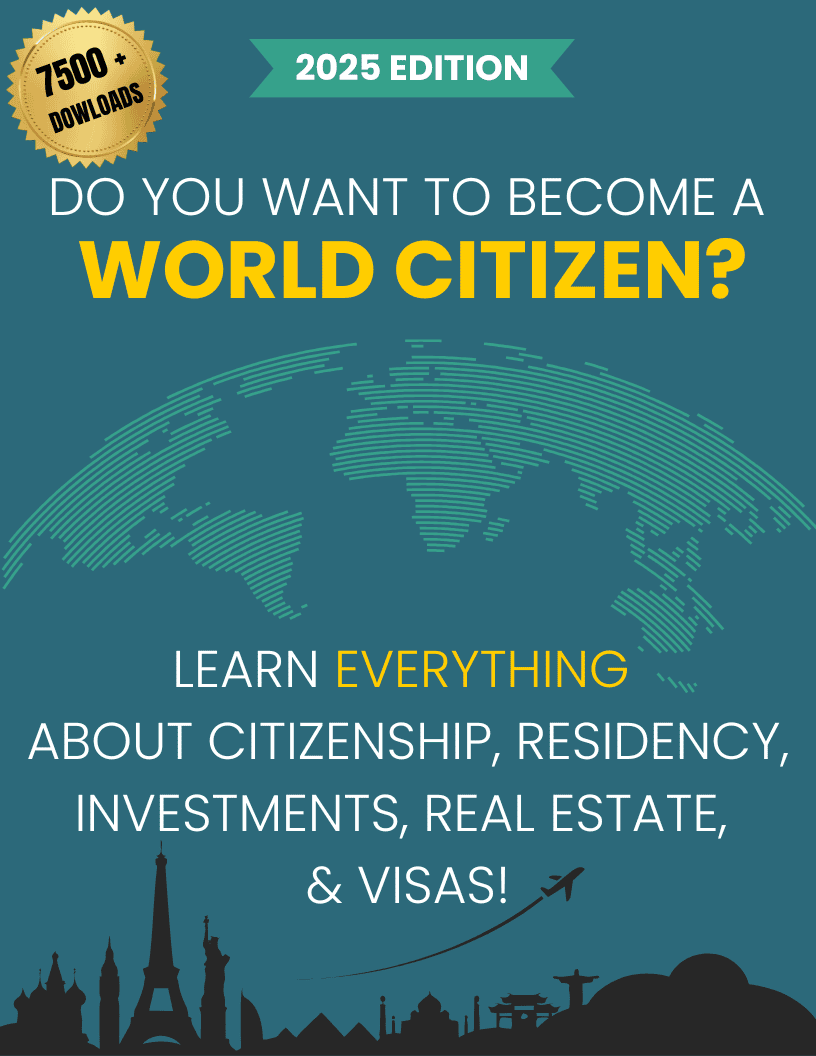Canadian Employment-Based Visas
Boost Your Freedom Without Compromise.
- Who offers the CHEAPEST program available.
- Who offers the BEST program available.
- What you need to qualify?

In This Article, You Will Discover:
- Canada provides a range of employment visas, including the Federal Skilled Worker, Canadian Experience Class, and Provincial Nominee Programs, each with distinct eligibility requirements.
- The Express Entry system is a points-based framework that manages applications for permanent residence under specific economic categories, assessing candidates based on skills, experience, and other qualifications.
- Specifically, the Canadian Experience Class targets individuals with local work experience, aiming to convert their temporary status to permanent residency.
- Visa holders may bring family members, provided they meet the necessary conditions and complete the required application steps.
- Transitioning from temporary to permanent status in Canada can be facilitated through avenues like Express Entry, leveraging the individual's qualifications and work background.
- Who offers the CHEAPEST program available.
- Who offers the BEST program available.
- What you need to qualify?
 Free Consultation
Free Consultation Easy to Use
Easy to Use 100% Safe & Secure
100% Safe & Secure
Canada is known for its strong economy and diverse job market. It attracts professionals from all over the world. The country has many employment-based visas to attract skilled workers and meet labour demands.
In this article, we'll look at the main types of Canadian employment-based visas. We'll cover their requirements, the application process, and the benefits they offer. This is for those looking for career opportunities in Canada.
Types of Employment-Based Visas in Canada
Canada's visa system has many options for employers and workers. Here are the most popular ones:
1. Temporary Work Permits
These permits are for those who want to work in Canada for a short time.
- Employer-Specific Work Permit: You need a job offer from a Canadian employer and it's tied to that employer.
- Open Work Permit: You can work for any employer in Canada without a job offer. This includes permits for spouses of skilled workers or students.
2. Global Talent Stream (GTS)
The GTS is for highly skilled workers in tech, engineering, and other fields. It offers fast processing for growing industries.
3. International Mobility Program (IMP)
This program lets Canadian employers hire foreign workers without an LMIA. It's for intra-company transfers or trade agreements like CUSMA.
4. Permanent Residency Through Employment
Canada also offers a way for workers to become permanent residents.
- Express Entry System: Includes programs like the Federal Skilled Worker Program (FSWP) and Canadian Experience Class (CEC).
- Provincial Nominee Program (PNP): Provinces nominate workers to meet regional labour shortages.
5. Seasonal Agricultural Worker Program (SAWP)
This program is for foreign workers in the agricultural sector. It supports Canada's seasonal farming needs.
Eligibility Criteria
The criteria for each visa type vary. But there are some common requirements:
- Job Offer: A valid job offer from a Canadian employer is needed, except for open work permits.
- Labour Market Impact Assessment (LMIA): Many permits need an LMIA to show hiring a foreign worker won't harm Canadian workers.
- Language Proficiency: You might need to show you can speak English or French, for permanent residency.
- Qualifications: You need to prove your education, skills, or work experience in your field.
- Health and Character: Medical exams and police clearance certificates might be needed.
Application Process for Canadian Employment-Based Visas
The application process for an employment-based visa includes several steps:
- Determine Eligibility
- Review the visa category requirements to ensure you meet the criteria.
- Secure a Job Offer
- Obtain a formal job offer from a Canadian employer, if required.
- Labour Market Impact Assessment (LMIA)
- Your employer may need to apply for an LMIA to prove that hiring you won’t displace Canadian workers.
- Submit Your Application
- Complete the application online or through a Canadian Visa Application Centre (VAC).
- Include all required documents, such as your passport, job offer letter, and LMIA (if applicable).
- Pay the Fees
- Fees vary depending on the visa type and whether biometrics are required.
- Wait for Approval
- Processing times can range from a few weeks to several months, depending on the visa category.
Benefits of Canadian Employment-Based Visas
Canada’s employment-based visa programs offer many benefits:
- Global Career Opportunities: Access a dynamic job market with competitive salaries and growth potential.
- Pathway to Permanent Residency: Many work permits provide opportunities to transition to permanent residency.
- Family Support: Work permits often allow family members to accompany the worker, with options for spouses to work and children to study.
- Diverse Work Environments: Gain experience in Canada’s multicultural and inclusive workplaces.
Challenges and How to Overcome Them
Challenges:
- LMIA Requirements: The LMIA process can be lengthy and complex for employers.
- Application Delays: Processing times can vary, causing delays in starting work.
- Documentation: Missing or incomplete documents can result in visa rejections.
Solutions:
- Work with experienced immigration consultants to navigate the process.
- Start applications early to account for potential delays.
- Double-check all documentation before submission to ensure completeness.
Industries in Demand in Canada
Certain industries in Canada consistently require skilled workers, creating opportunities for foreign professionals:
- Healthcare: Nurses, doctors, and other medical professionals.
- Technology: Software developers, IT specialists, and engineers.
- Construction: Tradespeople, electricians, and project managers.
- Agriculture: Farmworkers and agricultural technicians.
- Education: Teachers and early childhood educators.
Transitioning to Permanent Residency
One of the biggest advantages of Canadian work visas is the potential to gain permanent residency. Programs like the Express Entry System and PNPs provide clear pathways for skilled workers to make Canada their permanent home. Gaining Canadian work experience significantly boosts eligibility under these programs.
Conclusion
Canadian employment-based visas open doors to a world of opportunities for skilled professionals and workers from all walks of life. Whether you’re seeking temporary work or a pathway to permanent residency, understanding the available options and their requirements is key to a successful application.
With its welcoming policies, robust economy, and multicultural society, Canada remains a top choice for individuals looking to advance their careers and achieve long-term goals. Embark on your journey today, and let Canada become your professional and personal haven.
- Who offers the CHEAPEST program available.
- Who offers the BEST program available.
- What you need to qualify?
 Free Consultation
Free Consultation Easy to Use
Easy to Use 100% Safe & Secure
100% Safe & Secure







